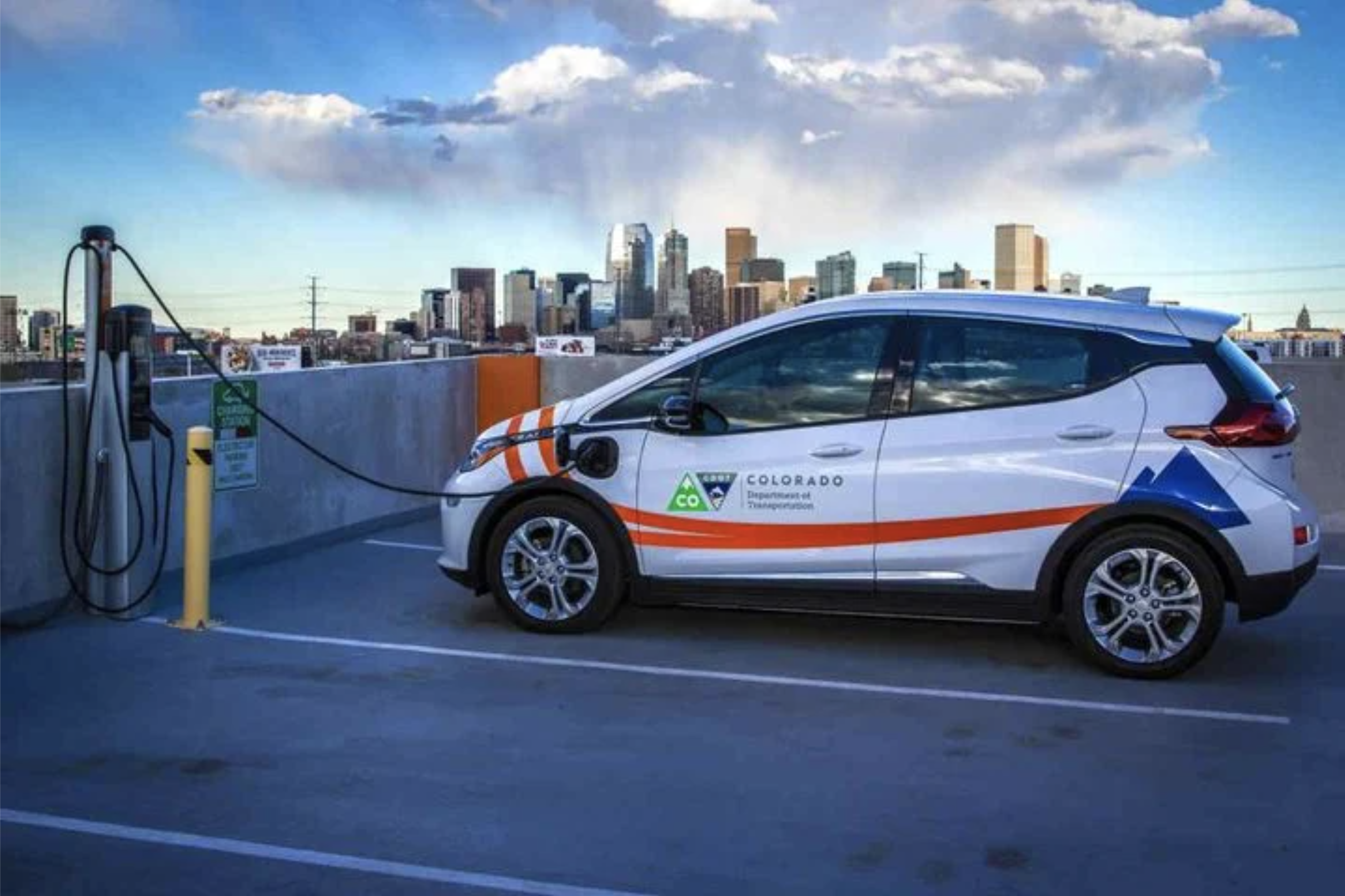Colorado Fleet Details Path to 200 EVs by 2020
In January, Colorado Governor Jared Polis signed an executive order with directives to support the transition to zero-emission vehicles. Among these directives are a recommitment to reaching 940,000 electric vehicles (EVs) in Colorado by 2030.
Scott Edwards, CAFM, state fleet manager, is working on this transition to electrified vehicles, including the Colorado EV Plan goal of 200 EVs in the state fleet or on order by December 2020. He manages the state fleet of 6,500 vehicles used by all departments except the Department of Transportation.
The state has started its rollout of battery-electric vehicles (BEVs) and plug-in hybrid electric vehicles (PHEVs) in its 40-vehicle central motor pool in 2016 to get employees more familiar with the vehicle platforms. The motor pool now has two EVs and five PHEVs.
“It’s a small sample but it’s a proof of concept that has worked out well. People are getting more accustomed to it,” Edwards said.
The challenge is to increase the state’s fleet of electrified vehicles from 15 BEVs and 20 PHEVs to 200 in three procurement cycles. The team worked with Sawatch Labs to identify vehicles that could best be replaced by EVs, focusing on vehicles due for replacement.
“The idea was to make sure that when we place EVs, we place them where they will be successful. A bad placement could create a ripple effect that limits our ability to make future EV purchases,” said Christian Williss, director of the transportation fuels & technology for the Colorado Energy Office.
The state ordered 26 electrified vehicles this fiscal year, many of which are being used as shared or pooled vehicles.
State Fleet Management’s vehicle makeup consists of 30% trucks, and with no OEMs offering electrified trucks, the options are limited. The program is focusing on purchasing passenger vehicles, including Fords, Chevrolets, and Toyotas. They’re chosen based on total cost of ownership and grant funding availability. As more models become available, other manufacturer's models will be added.
A state statute mandates that an alternative-fuel vehicle must meet a 10% cost threshold of a petroleum-fueled vehicle, taking into consideration total cost of ownership. Edwards said Fleet Management works with legislation to budget for the potential higher cost of the vehicles.
As for charging infrastructure, Williss said agencies can apply for a grant tprovides 80% of the funding for charging equipment and installation.
In order to meet its 200-vehicle goal, the state will need to buy at least 60 vehicles each year for the next two fiscal years. Williss and Edwards are optimistic this will happen.
“I think we’re going to come very close, if not exceed that goal,” Williss said. “Everything is pointing in the right direction.”
Read the original article here.
The State of Colorado has 35 electric vehicles in its fleet and has purchased 26 more this fiscal year.

